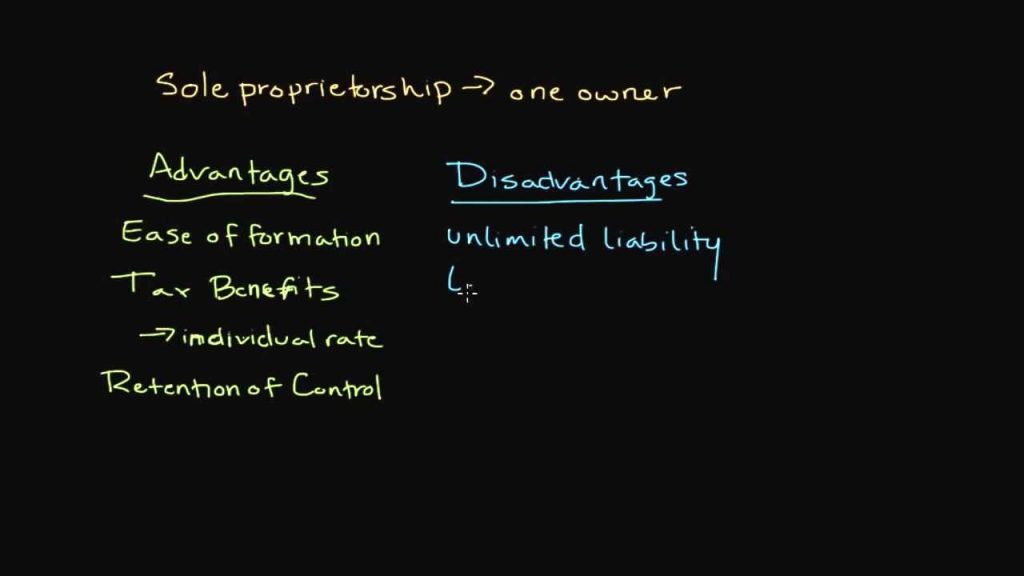Hybrid business models

In today’s business landscape, the term “hybrid” is becoming more and more prevalent.
We see it in our cars, our technology, and now even in our business models. But what exactly does “hybrid” mean in the context of business models and why are so many companies opting for this approach? Let’s take a closer look at the concept of hybrid business models and why they are gaining popularity among businesses of all sizes.
First and foremost, it is important to understand what a business model is. Simply put, a business model is a company’s plan for generating revenue and making a profit. Traditional business models often involve a one-size-fits-all approach, where a company has a clear target market and a set of products or services that they offer to that market. However, with the constantly changing market trends and customer needs, sticking to a single business model may prove to be limiting.
Enter the concept of hybrid business models. These are models that combine different elements of various traditional business models to create a unique approach that best suits the company’s goals and objectives. This allows a company to be more flexible and adaptable in the ever-evolving business world.
One of the main reasons why hybrid business models are gaining popularity is the diverse customer demands and preferences. With the rise of e-commerce and the increasing number of online shoppers, companies need to be able to cater to both online and brick-and-mortar customers. A hybrid model allows them to do just that by offering both online and in-store options, thus reaching a wider customer base.
Another advantage of hybrid business models is the ability to diversify revenue streams. By combining multiple business models, a company can generate income from various sources, reducing the risk of relying on a single revenue stream. This can also help in times of economic downturn, as the company is less likely to suffer from a complete loss of income.
Additionally, hybrid business models allow for greater innovation and creativity. Companies that stick to a single business model may become complacent and fail to adapt to changing trends in the market. A hybrid model, on the other hand, encourages companies to constantly evaluate and improve their approach to meet customer demands and stay ahead of their competitors.
However, adopting a hybrid business model can also come with its own challenges. Combining different business models may result in complexities and difficulties in managing different aspects of the business. This is where strategic planning and effective management come into play. A company must have a clear understanding of each business model and how they interact with one another to ensure a successful implementation.
In conclusion, hybrid business models offer companies the flexibility, adaptability, and innovation needed to thrive in today’s ever-changing business landscape. By combining different elements of traditional models, companies can reach a wider customer base, diversify their revenue streams, and stay ahead of their competitors. While there may be challenges in implementing and managing a hybrid model, the benefits far outweigh the challenges. As the market continues to evolve, it is likely that hybrid business models will become the norm in the business world.









How the blockchain is changing money and business
5 eBay Selling Tips for Newbies
This Is How Much Money A Podcast With 50,000 Downloads Makes
5 Important Lessons people Learn TOO LATE In Life
3 POWERFUL Ways To Profit From Your BLOG… Starting TODAY!